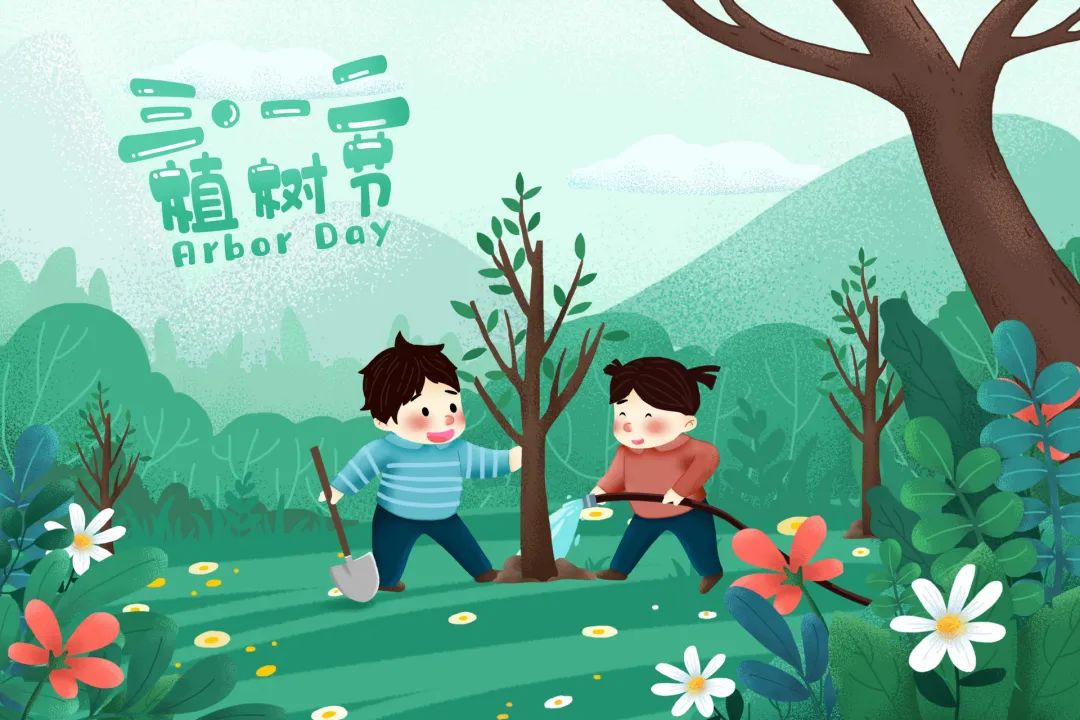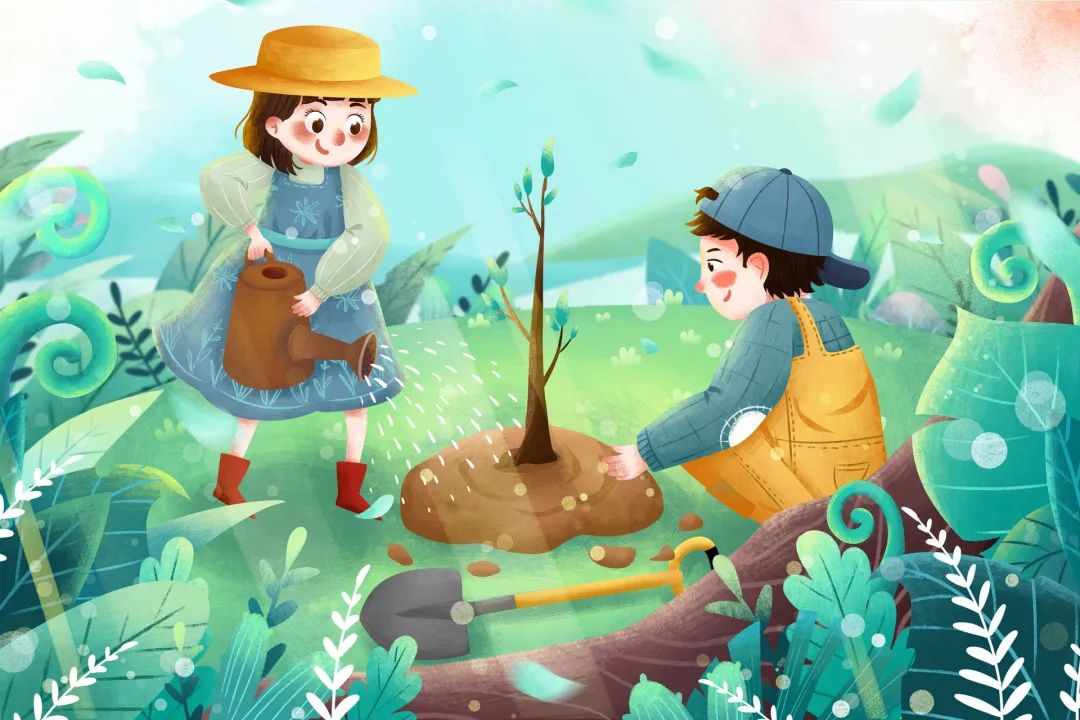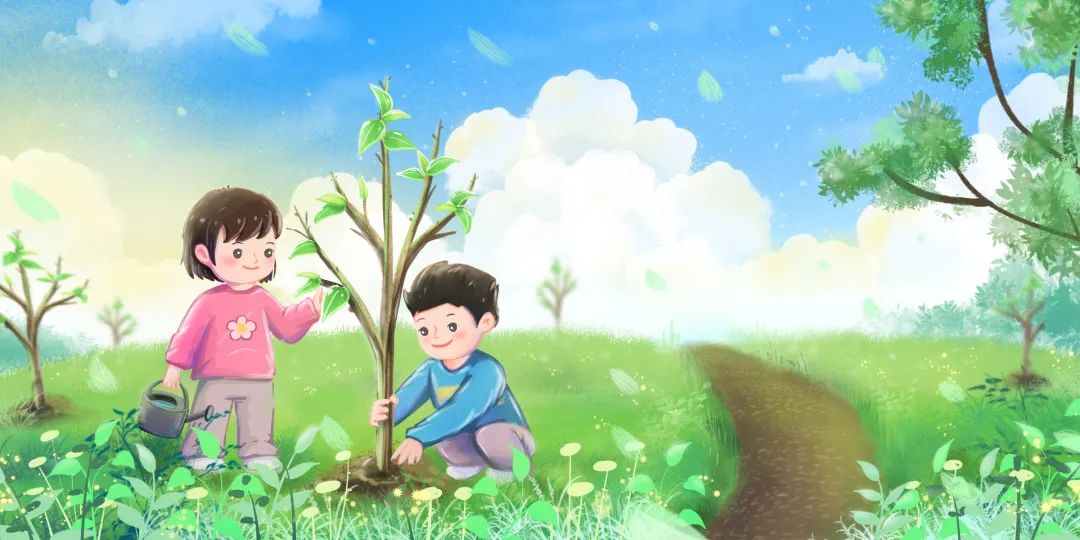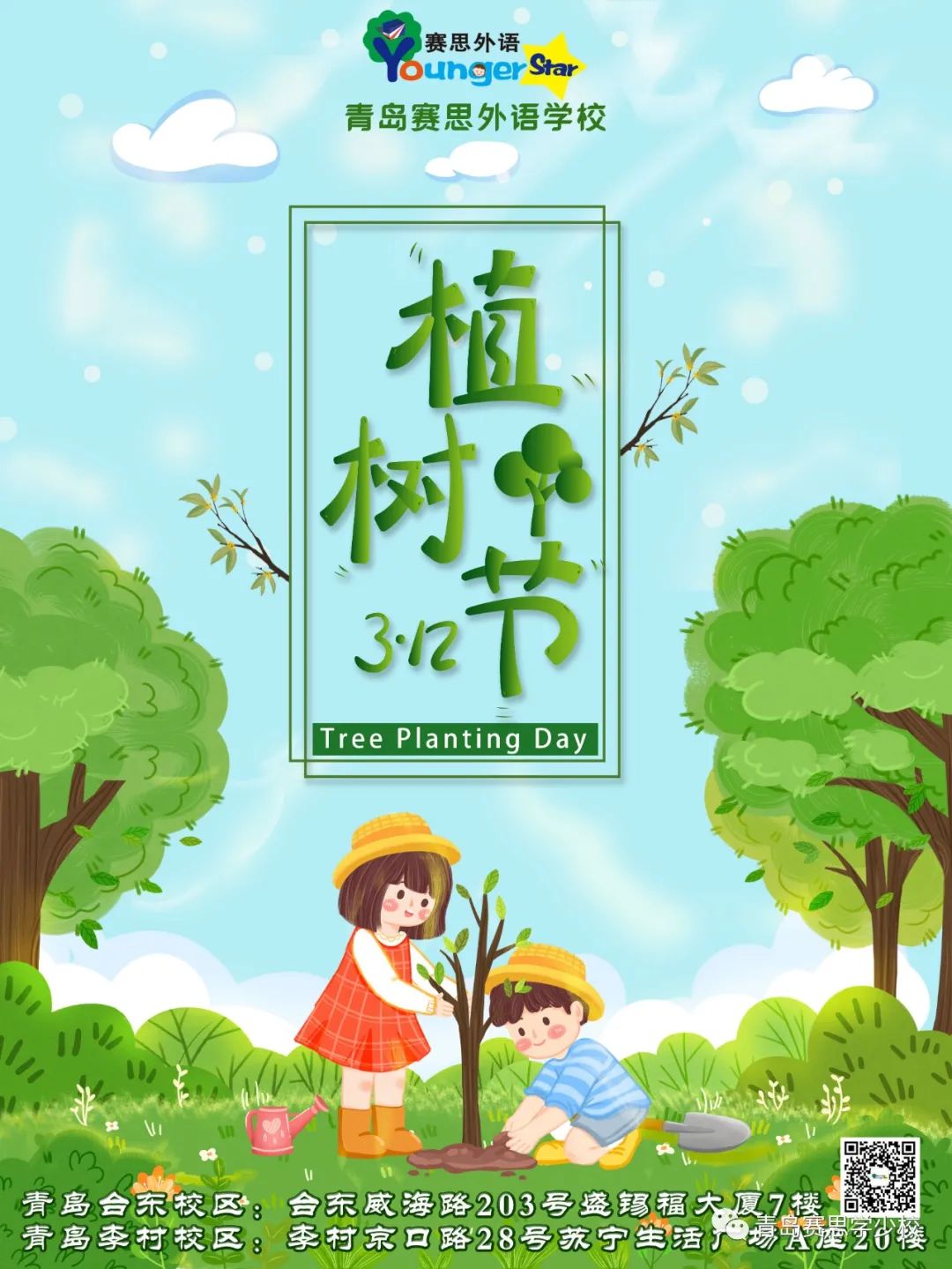植树节用英语怎么表达?get这几点就够了!(附植树节小测试)




阅读理解 (共8小题)
阅读下列短文,从每题所给的A、B、C、D四个选项中选出最佳选项。
A
A rainforest is an area covered by tall trees with the total high rainfall spreading quite equally through the year and the temperature rarely dipping below l6℃. Rainforests have a great effect on the world environment because they can take in heat from the sun and adjust the climate. Without the forest cover, these areas would reflect more heat into the atmosphere, warming the rest of the world. Losing the rainforests may also influence wind and rainfall patterns, potentially causing certain natural disasters all over the world.
In the past hundred years, humans have begun destroying rainforests in search of three major resources: land for crops, wood for paper and other products, land for raising farm animals. This action affects the environment as a whole. For example, a lot of carbon dioxide (二氧化碳) in the air comes from burning the rainforests. People obviously have a need for the resources we gain from cutting trees but we will suffer much more than we will benefit.
There are two main reasons for this. Firstly, when people cut down trees, generally they can only use the land for a year or two. Secondly, cutting large sections of rainforests may provide a good supply of wood right now, but in the long run it actually reduces the world’s wood supply.
Rainforests are often called the world’s drug store. More than 25% of the medicines we use today come from plants in rainforests. However, fewer than l% of rainforest plants have been examined for their medical value. It is extremely likely that our best chance to cure diseases lies somewhere in the world’s shrinking rainforests.
1. Why can rainforests help to adjust the climate?
A. They reflect more heat into the atmosphere.
B. They bring about high rainfall throughout the world.
C. They rarely cause the temperature to drop lower than l6℃.
D. They reduce the effect of heat from the sun on the earth.
2. What does the word “this” underlined in the third paragraph refer to?
A. We will lose much more than we can gain.
B. Humans have begun destroying rainforests.
C. People have a strong desire for resources.
D. Much carbon dioxide comes from burning rainforests.
3. What can be inferred from the text ?
A. We can get enough resources without rainforests.
B. There is great medicine potential in rainforests.
C. We will grow fewer kinds of crops in the gained land.
D. The level of annual rainfall affects wind patterns.
4. What might be the best title for the text?
A. How to Save Rainforests
B. How to Protect Nature
C. Rainforests and the Environment
D. Rainforests and Medical Development
B
Rainforests are home to a rich variety of medicinal plants, food, birds and animals. Can you believe that a single bush (灌木丛) in the Amazon may have more species of ants than the whole of Britain! About 480 varieties of trees may be found in just one hectare of rainforest.
Rainforests are the lungs of the planet—storing vast quantities of carbon dioxide and producing a significant amount of the world’s oxygen. Rainforests have their own perfect system for ensuring their own survival; the tall trees make a canopy (树冠层) of branches and leaves which protect themselves, smaller plants, and the forest animals from heavy rain, intense dry heat from the sun and strong winds.
Amazingly, the trees grow in such a way that their leaves and branches, although close together, never actually touch those of another tree. Scientists think this is the plants’ way to prevent the spread of any tree diseases and make life more difficult for leaf-eating insects like caterpillars. To survive in the forest, animals must climb, jump or fly across the gaps. The ground floor of the forest is not all tangled leaves and bushes, like in films, but is actually fairly clear. It is where dead leaves turn into food for the trees and other forest life.
They are not called rainforests for nothing! Rainforests can generate 75% of their own rain. At least 80 inches of rain a year is normal—and in some areas there may be as much as 430 inches of rain annually. This is real rain—your umbrella may protect you in a shower, but it won’t keep you dry if there is a full rainstorm. In just two hours, streams can rise ten to twenty feet. The humidity (湿气) of large rainforests contributes to the formation of rainclouds that may travel to other countries in need of rain.
5. What can we learn about rainforests from the first paragraph?
A. They produce oxygen.
B. They cover a vast area.
C.They are well managed.
D. They are rich in wildlife.
6. Which of the following contributes most to the survival of rainforests?
A. Heavy rains. B. Big trees.
C. Small plants. D. Forest animals.
7.Why do the leaves and branches of different trees avoid touching each other?
A. For more sunlight.
B. For more growing space.
C. For self-protection.
D. For the detection of insects.
8.What can be a suitable title for the text?
A. Life-Giving Rainforests
B. The Law of Jungle
C. Animals in the Amazon
D. Weather in Rainforests




全部 0条评论